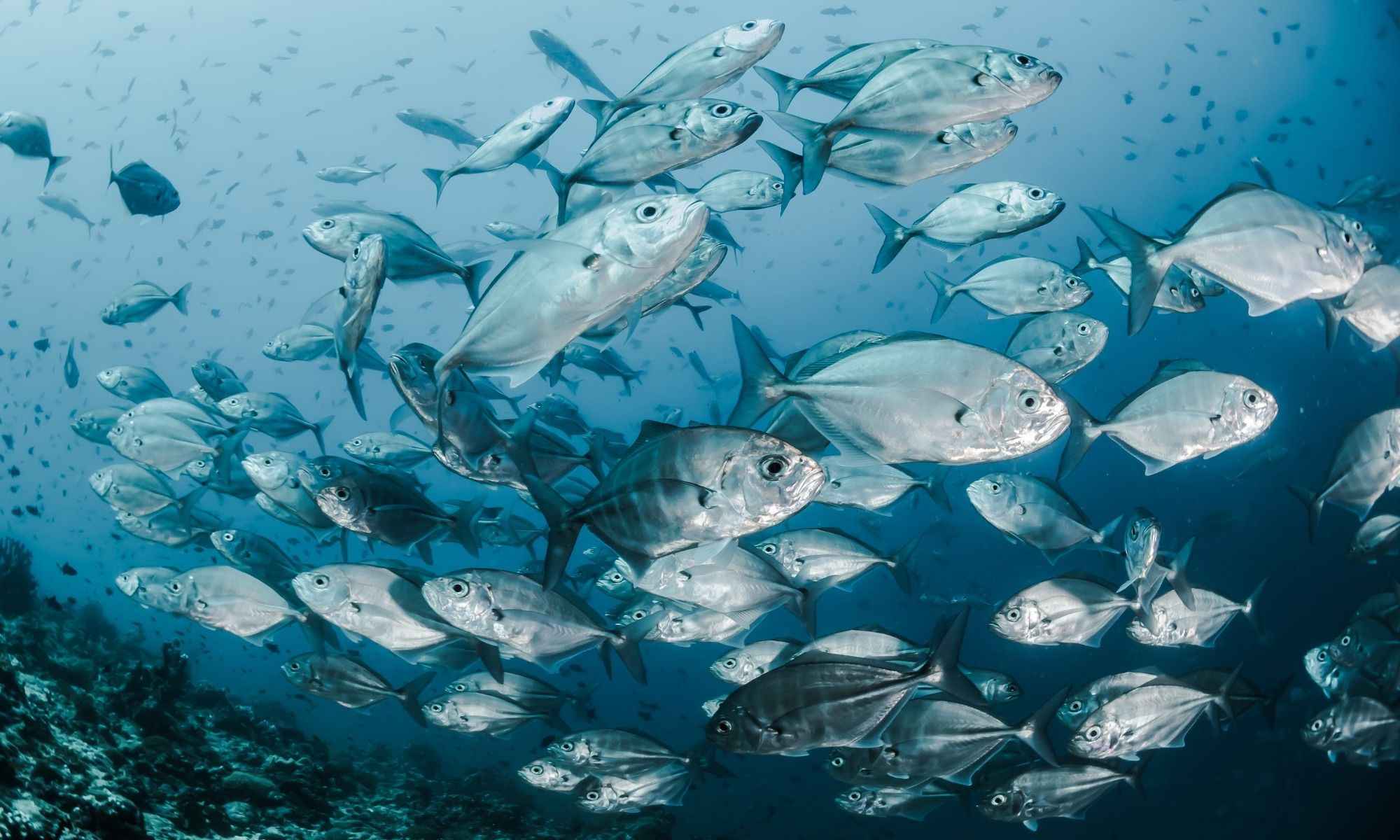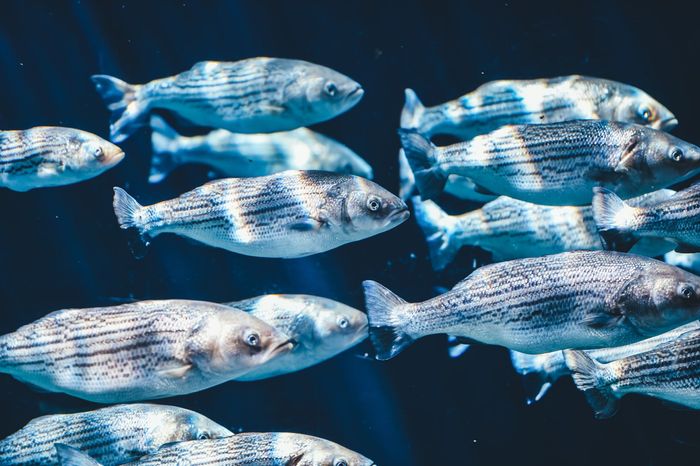Fish Behavior: 5 Ways to Understand Them
An important aspect of angling is understanding fish behavior. Know the basics to see more angling success on your next trip.

Fishing, as with any sporting activity, is rarely about luck or having the perfect gear. Likewise, being in productive waters will not guarantee you a catch. Rather, fishing is all about combining your skills and knowledge, along with good luck, good gear, and productive waters, and putting everything to the test constantly and with great patience. That is why, apart from practicing proper fishing form, it’s important to have even the most basic knowledge about fish behavior. Fish behavior, as the term suggests, is all about how fish move around and interact with their surroundings. It’s important to understand all these, especially for novice anglers, because it allows you to maximize your time in the water, so you won’t just be blindly casting your line and hoping for the best every time you fish.
Here are Basic Fish Behavior You Need to be Familiar with in Order to be a Better Angler
1.Fish are Always Near the Food Source
Like all living and animate creatures, fish tend to concentrate where there’s easy access to food. So go where there’s sure bait. If you find a school of baitfish like minnows, chances are, there’s a big fish on their tails. The same goes for migrating frogs.
In lakes and ponds, go where there’s vegetation, such as lily pads. These lily pads attract plenty of insects. Insects are the source of food for most baitfish, and where there’s baitfish, there’s a predator fish right nearby.

Structure is yet another thing to watch out for when fishing. Structure such as pier docks, sunken logs or trees, and weed beds provide forage as well as protection — both for baitfish and the predators attacking. So they’re great spots to cast a line.
And now that you know to go where the food source is, take this knowledge to the next level. Study your target’s choice of baitfish or forage and try imitating that with the lure or bait you present.
2. Fish Cannot See Very Well in Muddy Water or Low Light
Fish have great vision underwater, so if you’re fishing in clear waters during a sunny day, chances are, they will see you and your line and will be easily spooked. This is why it’s always better to fish at dawn or dusk when the sun is not as high, and your target cannot easily see you or your line.
If, however, you find yourself fishing in clear waters, then present baits in colors that occur in nature, such as green, brown, or pumpkin.
3. Fish Move Depending on the Time of Day, Season, and Weather Condition

If you’re planning on fishing the entire day, don’t just stay in one place. Mimic the direction in which your target is moving. Fish are cold-blooded, which means they have to move around to maintain their body temperature at a constant level. As a rule, fish are more active and feeding near the surface during low light conditions such as the early morning or early evening. By the time the sun gets hot, they retreat to the deeper and cooler parts of the water, so that’s where you should be targeting them if you’re fishing during the midday.
Seasons can also dictate the movement and activity of fish. For example, during spring, fish may not bite in the early morning as the water will still be too cold for them. In the summer, though, early morning before sunrise is the best time to fish as it is neither too hot nor too cold. By the time fall hits, fishing is best done during the afternoon or early evening, when the sun warms the waters just right for fish to get comfortable.

Spawning season is yet another indicator of the movement and behavior of fish. When they spawn, fish are easier to target, as they tend to travel to spawning areas in groups and are thus much easier to notice.
The behavior of fish is harder to predict in certain weather conditions. Some fish like trout will follow insects close to the surface during a downpour, while other fish will go deeper underwater during such a state. Largemouth bass are closer to the banks as well when it’s windy as that’s where the baitfish are pushed by the wind. Therefore, in certain extreme weather conditions, perhaps fishing should be the least of your concern as your safety is more important than the number of fish you catch.
4. Fish Like to Run for Cover
Just like any animate living creature, fish will go where they can guarantee their safety and comfort. So, when looking for fish, look for cover, anything that will provide shade for them in the water, including weeds, rocks, logs, or brush, or even just near the water like trees and cliffs. Cover not only helps fish maintain comfort, especially when the sun is up but also allows them to both hide from their predators or be less noticeable when they ambush their prey.
5. Fish Like Transition Zones
Transition zones attract feeding fish as these are where food usually gathers and collects. So look out for them. Current breaks in rivers, for example, are visible from the surface. These are areas in which currents merge or where there are drop-offs. The currents tend to slow down in these areas and allow for food to gather. Currents that surround islands carry forage and other aquatic critters for baitfish and game fish to feast on.
The edges of weed lines and main basins of lakes, the lines where muddy waters meet with clear waters, or the ones between muddy bottoms and gravelly bottoms, also tend to gather the most fish. Sunken sand bars that gradually slope down into deep waters are also attractive to baitfish.
There are many more factors that influence fish behavior apart from the ones on our list, but knowing these basic ones at heart should hopefully lead you to study and observe fish so that you can be a better angler while still caring for the fish for generations of anglers to come.




